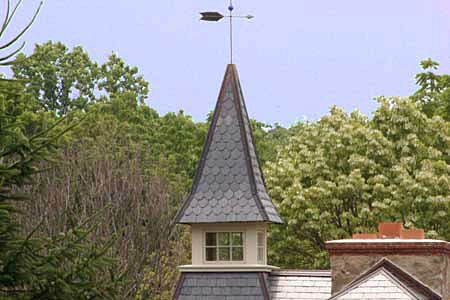Cupolas are small dome-like structures that sit atop roofs, adding visual interest and character to homes, barns, and other structures. Originally designed to provide natural light and ventilation, cupolas have evolved as iconic elements in various architectural styles. In this guide, we’ll review the benefits of cupolas and their practical applications in modern architecture.
Cupolas Improve Airflow

Typically positioned on the ridge of a roof, cupolas come in various shapes, including square, round, and octagonal designs. On barns, these frames facilitate a continuous airflow into the hayloft, aiding in the drying process of hay. The multi-sided octagonal example above showcases wooden louvers, which are angled slats designed to promote optimal ventilation while keeping out rain and snow. You can adjust the louvers to control airflow, making them adaptable to changing weather conditions and ventilation needs.
Make Structures Appear Taller with a Cupola
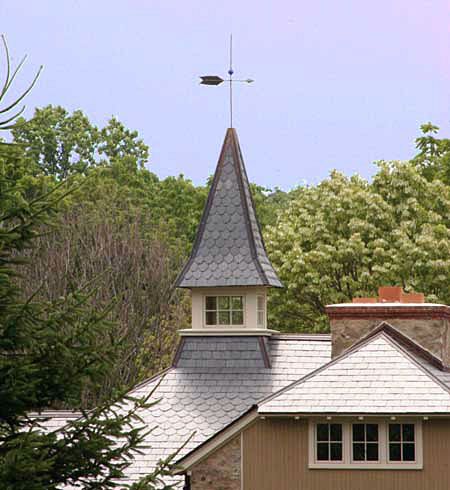
Square-based cupolas with glass panes can increase natural light in interior spaces. They feature operable windows, allowing for both illumination and ventilation control.
The vertical emphasis of tall cupolas can create an illusion of height, making buildings appear taller. This design choice is particularly effective on buildings with expansive roof areas, where a cupola can serve as a focal point and break up the monotony of a large, uninterrupted roofline.
Cupolas Add Visual Interest

A square, wooden cupola with louvered sides mimics a gable wall. The spire-like finial adds a vertical accent, drawing the eye upward and contributing to the building’s sense of height and grandeur.
Finials come in various styles, from simple pointed designs to more elaborate weathervanes or ornamental sculptures. These decorative elements add visual interest and can serve as a nod to the building’s purpose.
Cupolas can Increase Market Appeal
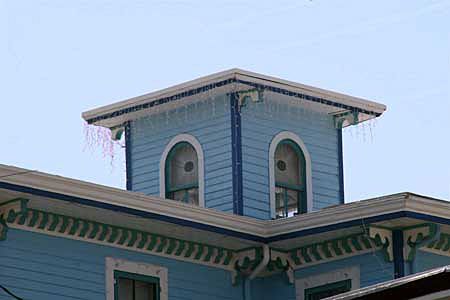
When a cupola is spacious enough to accommodate a person looking out through its windows, it earns the designation of a belvedere. This square cupola, typical of Italianate houses, offers more than just curb appeal—it provides a vantage point for enjoying panoramic views of the surrounding landscape.
Belvederes were popular in the 19th century, often found in grand homes and public buildings. Today, modern interpretations of belvederes add value to homes and provide unique spaces for relaxation and observation.
Incorporating a belvedere into a house’s design can also increase its market appeal. Prospective homebuyers are often attracted to properties offering unique architectural features, and the multifunctional nature of a belvedere adds an extra layer of charm and luxury.
Improve Visual Appeal With a Cupola
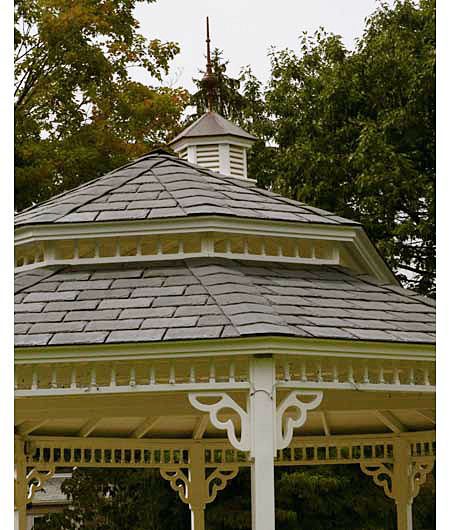
A stepped roof can add depth and dimension to a structure, while the cupola serves as a crowning jewel, drawing attention to the gazebo’s highest point. Both of these elements can improve air circulation within a gazebo, making it more comfortable during warm weather. Additionally, the cupola can provide more natural light, illuminating the interior of the gazebo during daylight hours.
Add a Touch of Nature With a Cupola
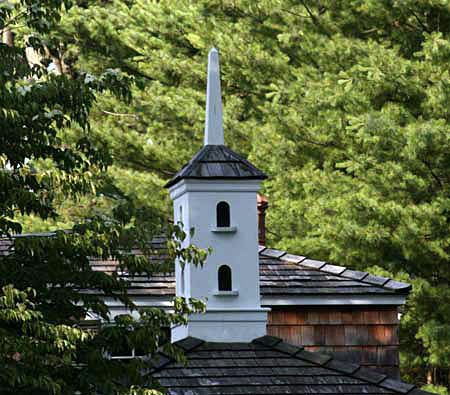
A slender cupola topped with an obelisk finial showcases arched openings sized on a birdhouse scale. The arched openings, while aesthetically pleasing, can provide nesting spots for birds. This type of cupola is great for garden structures, sheds, or smaller outbuildings where a full-sized cupola might be overwhelming.
Cupolas Strengthen Structural Integrity
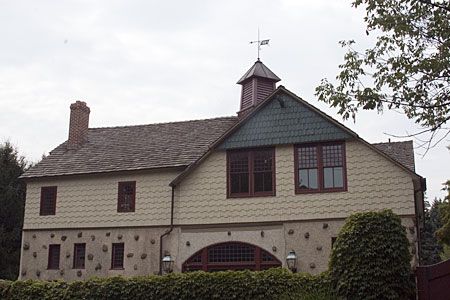
A tapered wood cupola can match specific architectural styles, enhancing a home’s overall appearance. The cupola’s tapered shape echoes the organic, flowing lines often found in shingle-style architecture, while the metal roof adds a contrasting texture and color.
Shingle-style homes often feature complex rooflines and asymmetrical designs. A well-placed cupola can serve as a unifying element, tying together different aspects of the roof and adding a vertical accent to balance the horizontal emphasis of the shingles.
This seamless integration of a cupola into a shingle-style house serves a decorative purpose but also improves the home’s structural integrity. This element reduces wind loads on the roofline and contributes to the overall stability of the building during adverse weather conditions.
A Cupola Reinforces Classic Style
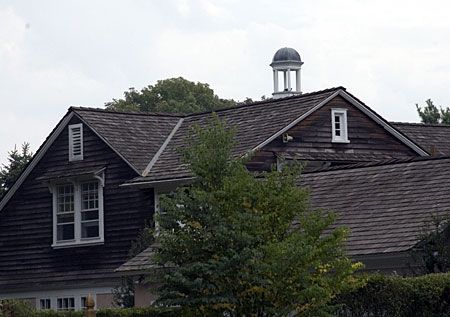
With its domed top, columns, and circular base, this roof adornment epitomizes the classical cupola design. Rooted in ancient Greek and Roman architecture, the cupola adds a touch of timeless elegance to any structure and allows for efficient water runoff.
Classical cupolas often feature intricate details, such as decorative moldings, pilasters, or statuary. You can customize these elements to match the overall architectural theme of the building, making the cupola a focal point that enhances the structure’s grandeur and historical character.
Additionally, the adaptability of classical cupolas makes them suitable for a wide range of building types, including civic buildings, churches, and grand residences.
Provide Weather Resistance with a Cupola

The metal roof on this cupola complements the barn-like quality of a board-and-batten garage. The metal roofing material echoes the traditional look of many barns while providing durability and weather resistance.
Board-and-batten siding, characterized by wide boards alternating with narrow wooden strips, creates a distinctive vertical pattern that pairs well with the vertical lines of the cupola. This combination enhances the garage’s overall aesthetic and maintains its ventilation.
A Cupola Protects Against Water Damage
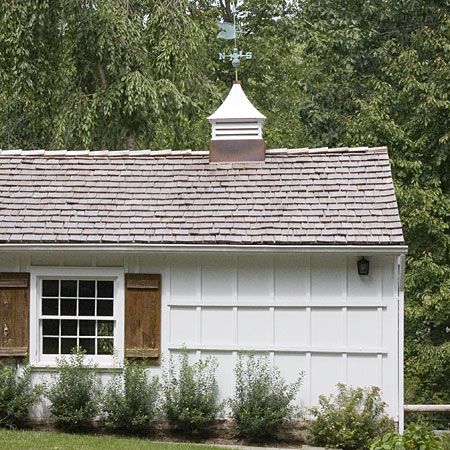
This farmhouse cupola features a deep band of copper flashing protecting its base, showcasing how practical elements can mesh with a cupola without sacrificing style. Copper flashing adds a beautiful, weathered patina over time and provides excellent protection against water infiltration at the junction between the cupola and the main roof.
The rustic charm of this cupola design is great for farmhouse-style architecture. Its simple, functional appearance complements the no-frills aesthetic often associated with rural buildings while still adding a distinctive architectural element to the roofline.
Create a Lasting Impression with a Cupola
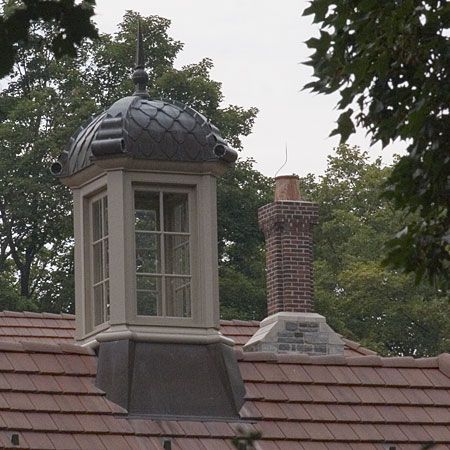
You can find ornamental cupolas on public buildings, churches, or grand residences where they serve as a statement piece. The bulbous shape and decorative elements can create a striking silhouette against the sky, making the building more memorable within its surroundings. Such elements not only function as beautiful pieces of art but also contribute to a sturdy, lasting structure that enhances the building’s elegance and sophistication.
Our Conclusion
Cupolas are versatile architectural elements that combine form and function to improve air ventilation, increase energy efficiency, and protect against damage. From providing essential ventilation in barns to adding a touch of elegance to residential rooflines, cupolas offer a wide range of design possibilities. Whether you prefer a classic, ornate style or a more rustic, functional approach, there’s a cupola design to suit every architectural vision and practical need.
